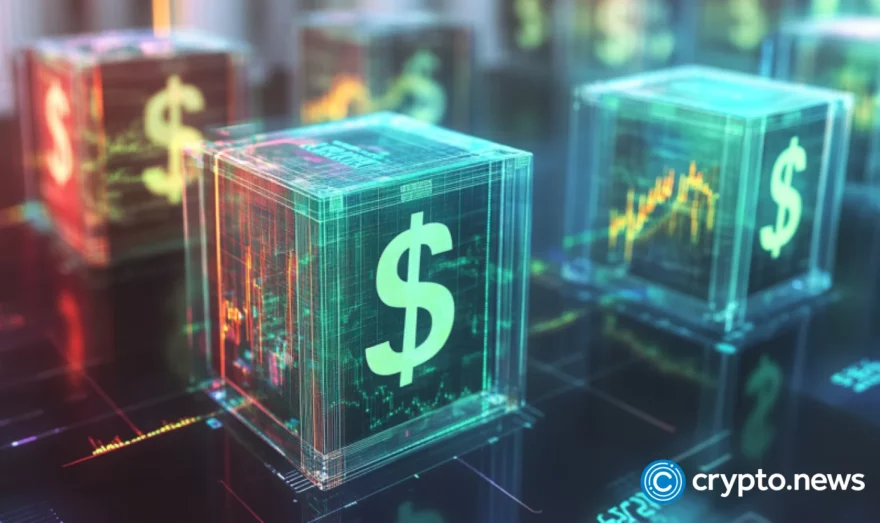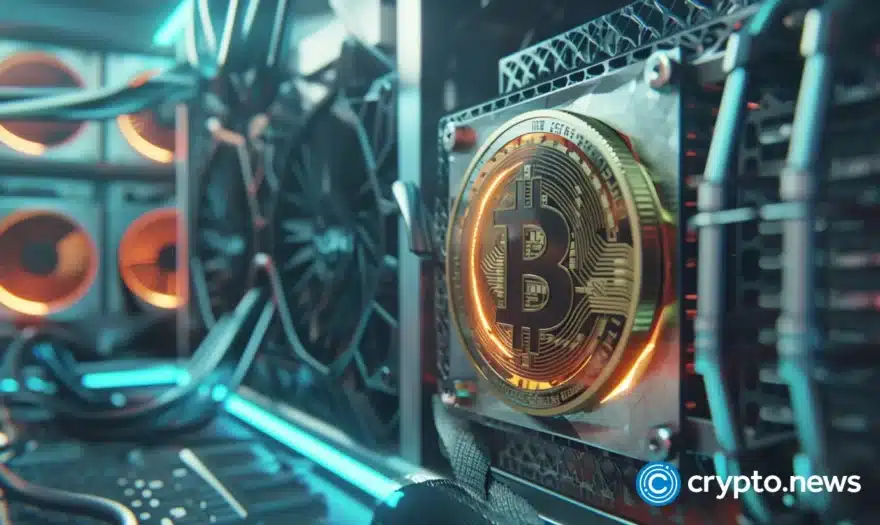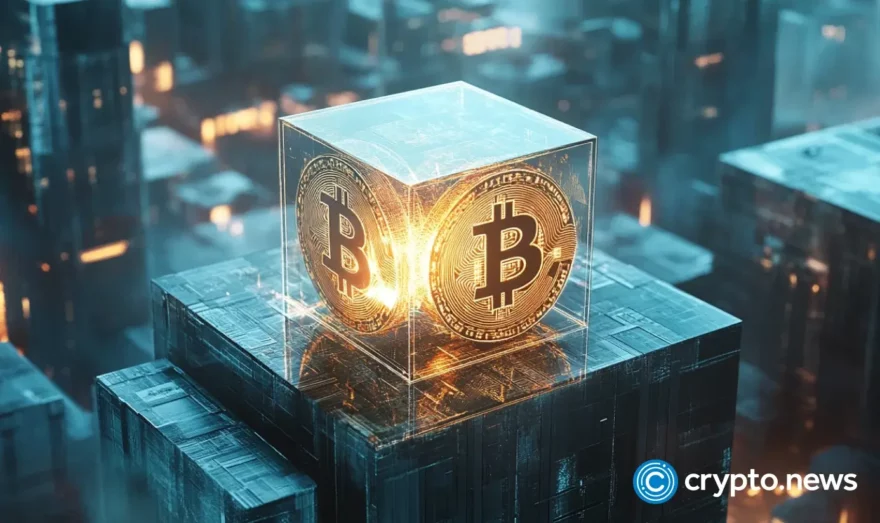Businesses warm up to XRP, but wider adoption remains elusive: Here’s why

XRP is one of the first cryptocurrencies created with broad adoption and partnerships with banks and other institutions in mind. Over 10 years later, it is possible to pay for various goods and services with XRP, but today’s stablecoins pose a tough test for Ripple.
- Unlike most of the cryptocurrencies of the early 2010s, XRP didn’t have an anti-banking message. Instead, it worked closely with institutions and even contributed to an AML guidance for digital assets.
- Eventually, Ripple Labs, the company behind the XRP coin, developed an infrastructure used by several banks and corporations to streamline cross-border payments. Examples include SBI Holdings, MUFG Bank, and American Express.
- Various merchants worldwide accept XRP payments directly, while others collaborate with BitPay, a payment processor that offers an XRP option. It makes XRP one of the top cryptocurrencies for payment.
- Donald Trump’s victory in the 2024 presidential election propelled XRP to new highs, as many believed the new administration would help Ripple win a legal battle with the Securities and Exchange Commission and adopt regulations favorable for XRP. The reality turned out to be a bit different, and XRP is still facing challenges.
High hopes and tough challenges
In 2018, XRP was the second-biggest cryptocurrency in terms of market cap. At that time, it was traded well above $3. However, the ICO bubble burst, and the XRP price crashed below $0.50.
It spent two years fluctuating at levels below $1.
In the years following the 2018 downfall, Ripple made partnerships with hundreds of institutions, streamlining cheap cross-border transactions for banks and corporations. It developed a native smart contract platform and supported native NFTs.
In 2020, the SEC filed a lawsuit against Ripple Labs, alleging it raised $1.3 billion through the sale of unregistered securities (XRP). The legal battle continued for five years, finishing only in August 2025, when the pro-crypto administration was several months in.
After a long sleep, the XRP price surged again in November 2024, following President Trump’s election victory and pro-crypto administration. The XRP price jumped from $0.5 to $2.5 and higher in a matter of weeks.
This past January, the price broke the $3 level again. XRP was identified as a potential asset for the U.S. government’s strategic cryptocurrency reserve.
The outcome of the Ripple vs. the SEC battle was ambiguous, as it required Ripple to pay a $125 million fine. More than that, in May, the Digital Assets Subcommittee chair, Cynthia Lummis, abruptly canceled the scheduled meeting with Ripple CEO Brad Garlinghouse.
Garlinghouse took to X to share this story with the crypto community. Some believe that Lummis didn’t wish to meet the Ripple CEO due to the influence of her son-in-law, Will Cole, a Bitcoin maxi who publicly bashes Ripple on occasion.
The SEC also hasn’t approved the XRP spot ETF. The current U.S. government shutdown only made the situation worse. XRP’s future as the reserve asset of the U.S. government is still questionable.
No wonder the XRP price has been turbulent after peaking in January. The GENIUS Act was signed into law on July 18. The act set the framework for subsequent regulation of stablecoins, triggering a boom in the sector. Stablecoins may become a serious rival for XRP as the go-to digital asset for banks and corporations.
As of Oct. 27, XRP is trading at around $2.64—just days after Ripple sympathizer Michael Selig was named as the chairman of the Commodity Futures Trade Commission.
XRP adoption
XRP maintains its position in the top 10 cryptocurrencies by market cap. As of Oct. 25, it occupies the 4th position with the BNB token lagging only by $2 billion.
Various online and offline companies accept XRP payments, and multiple banks have partnered with Ripple to use its infrastructure for cheaper, faster remittances.
Where can you spend XRP in 2025? Online markets Overstock and Shopify, the luxury watch manufacturer Hublot, and fashion shop Trovelle accept XRP. Such financial giants as American Express, Western Union, and Mercury FX accept direct XRP payments too. Other companies accepting XRP are cryptocurrency-focused firms, such as cold wallet manufacturer Trezor or car marketplace BitCars.
More brands accept XRP indirectly through a partnership with payment processor BitPay. Buyers may pay in XRP to BitPay, while merchants receive the correct amount of fiat from BitPay. BitPay expands the XRP usage to car renting company Qeeq, hotel booking firm Travala, and the leading theatre chain AMC Theatres. Airline company Air China takes XRP payments through a partnership with Webus.
The Cryptwerk website provides a comprehensive list of various businesses accepting XRP.
The prospects
While the use of XRP for remittances or e-commerce is already a small victory for crypto, the ability to pay state fees could take this asset to the next level. More than that, XRP may become a U.S. strategic asset.
On March 2, Trump, via a Truth Social post announced that XRP, alongside Cardano and Solana, would be included in a strategic crypto reserve. Later, Trump added that Ethereum is going to be included, too.
To stand the test of time, Ripple Labs will have to put in a lot of work. It must ensure governmental patronage and offer users something that stablecoins can’t.














